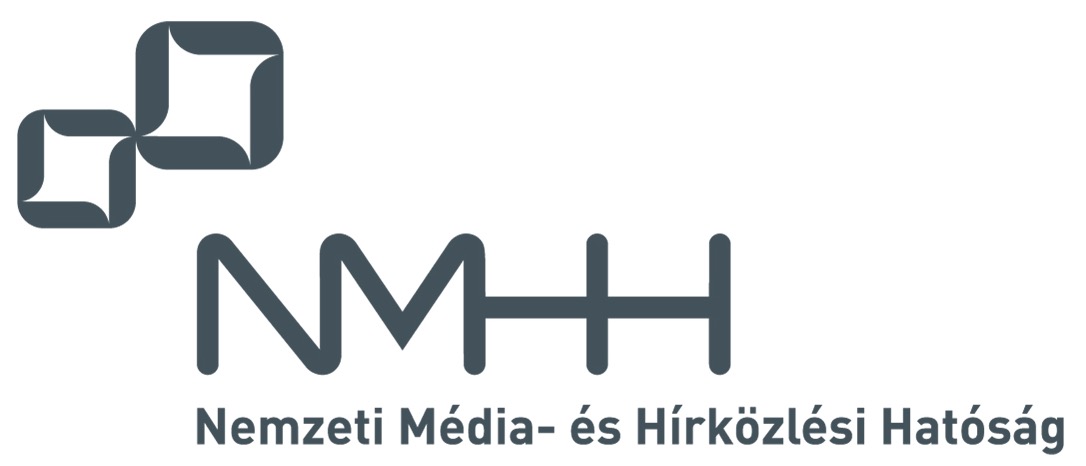Péter Marjai, Máté Nagy-Sándor, and Attila Kiss
The performance of modern centrality measures on different information models and networks
For the last few years networks became integral parts of our everyday life. They are used in communication, transportation, marketing, and the list goes on. They are also becoming bigger, and more complex and dynamic networks also start to appear more. In light of this, the problem of finding the most influential node in the network remains of high interest however, it is getting more and more difficult to find these nodes. It is hard to grasp the true meaning of what is really being the most influential node means. There are several approaches to define what the most vital nodes are like having the most edges connected to them or having the shortest paths running through them. They can be also identified by calculating the influence of their neighbors, or evaluating how they contribute to the whole of the network. Over recent years various new centrality measures were proposed to order the importance of the nodes of a network. In this paper, we evaluate the performance of three modern centrality measures, namely Local Fuzzy Information Centrality (LFIC), Local Clustering H-index Centrality (LCH), and Global Structure Model (GSM) on different information models, and compare them with conventional centrality measures. In our experiments, we investigate the similarity between the top-n ranking nodes of the measures, the influential capacity of these nodes as well as the frequency of the nodes with the same centrality value.
Reference:
DOI: 10.36244/ICJ.2023.5.9
Please cite this paper the following way:
Péter Marjai, Máté Nagy-Sándor, and Attila Kiss, "The performance of modern centrality measures on different information models and networks", Infocommunications Journal, Special Issue on Applied Informatics, 2023, pp. 55-61, https://doi.org/10.36244/ICJ.2023.5.9





